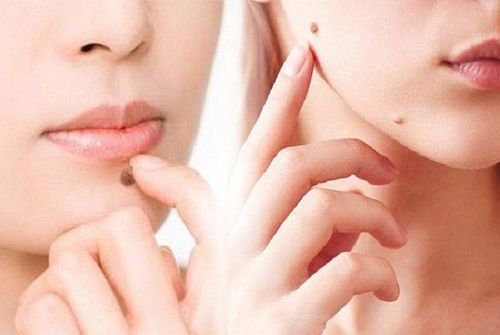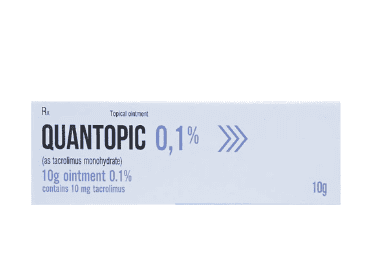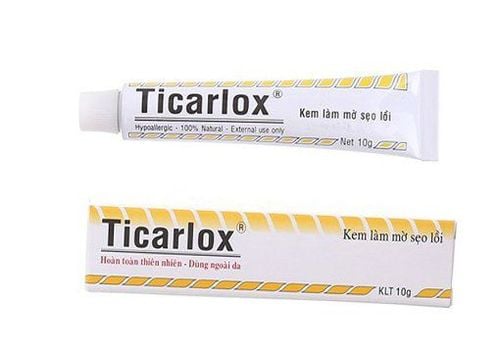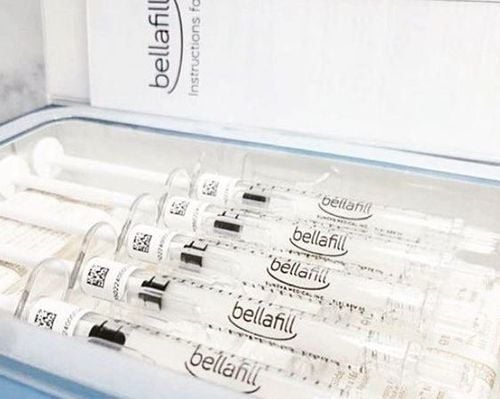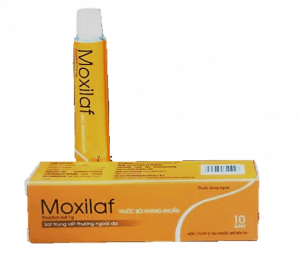This is an automatically translated article.
This article is professionally consulted by resident Doctor Le Thanh Tuan - Department of General Surgery - Vinmec Nha Trang International Hospital. The doctor has extensive experience in examination, treatment and surgery of abdominal diseases.Scar formation is a sign of a healing wound, but depending on the location and influencing factors, normal scars, keloid scars, concave scars, and hypertrophic scars can form. In particular, keloid scars are raised scars on the surface of the skin, often causing pain, itching, and loss of aesthetics.
1. What is a keloid?
Scars appear as a result of the formation of fibrous tissue to replace damaged skin. After the appearance of bodily injury, they all undergo a healing process (healing), so scarring is a natural result of this process.
According to medicine, the body's recovery from injury is divided into 3 stages: inflammatory response phase, proliferation phase and tissue regeneration phase.
Normally, the body will need 3-6 months to go through all these three stages of recovery, but if there is any disturbance in the body during this time, it will affect the healing process. scars and other types of scarring.
Depending on the extent of the damage, the location of the injury on the body, the impact of the intervention ... that can leave different types of scars such as: normal scars or abnormal scars (such as convexity, hypertrophy, etc.) signs of contraction, many nuclei...)
In which, keloid scars (keloid) are overgrowth of fibrous tissues after skin damage. The fibrous tissue grows continuously, often rising above the skin surface and spreading beyond the scar boundary.
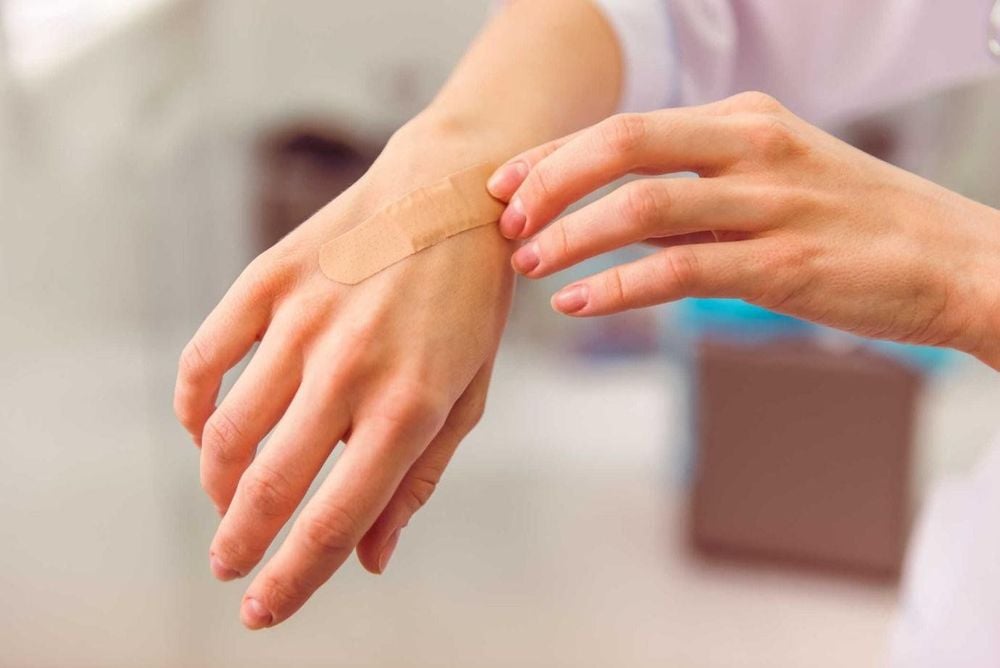
People between the ages of 10 and 30 have the highest risk of developing keloids. Although there is no clear evidence, most women have a higher tendency to form keloids than men.
2. Characteristics of keloids
Keloids have some recognizable characteristics as follows:
Keloids often develop beyond the scope of the original wound, which can be from a needlestick, infected acne, small insect bites.. . can also form and develop into a keloid mass.
The formation and development of keloids is also influenced by genetic factors and the individual's physical condition.
Keloids are usually sheathed, have a smooth surface, and can turn from red to brown. Keloids also cause more sensitivity, tightness or itching, discomfort, and sometimes pain to the touch.
Keloids are formed by excessive collagen production during the healing process, so keloids cannot shrink over time.
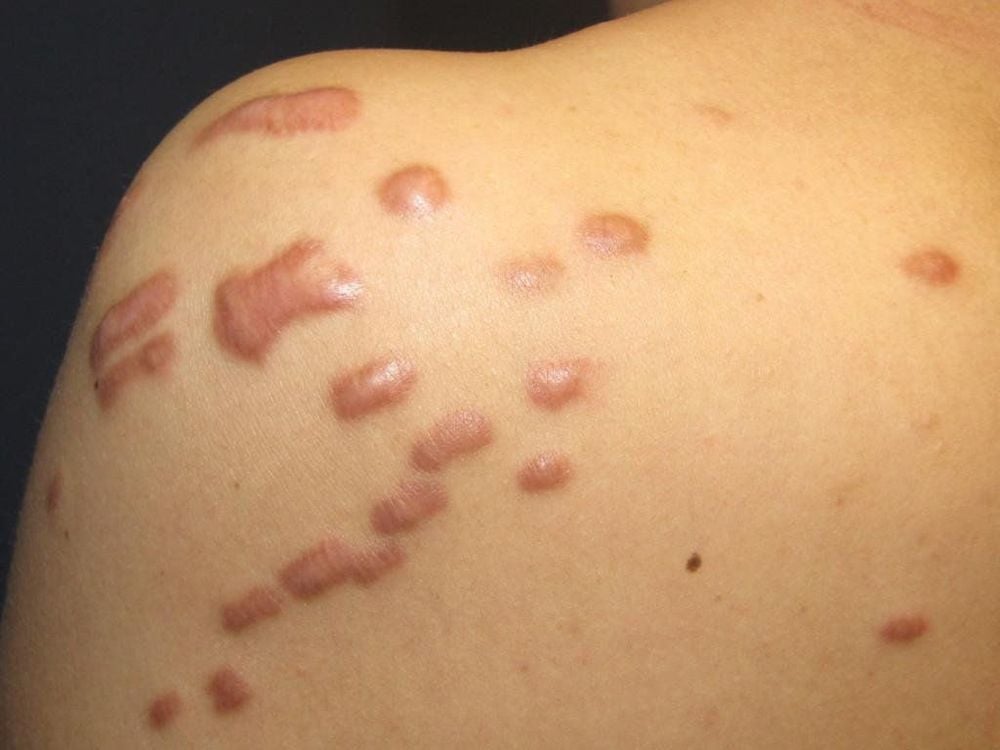
It is necessary to distinguish keloid scars from hypertrophic scars in the following differences: hypertrophic scars develop immediately after trauma but are limited to the boundaries of the scar, scars usually stop growing and decrease after 1-2 years.
Keloids are a sign of skin damage that has healed, but it has a great influence on the patient's aesthetics, psychology and daily life. Keloid scars can appear in many areas of the body, but if keloids appear in areas of movement such as shoulders, chest, knees, arms... they are easy to hypertrophy.
3. Causes of keloid formation
There are many causes affecting the formation of keloids as well as the degree of hypertrophy of the scars, from local to environmental causes:
Due to bacterial infection or foreign bodies in the wound such as hairs, granulomas, sand , dirt ... tend to heal secondary wounds. Genetic factors of people with keloids: people with keloids have a high risk of developing hypertrophic keloids. The prevention of keloid scars in people with keloids is very important and more difficult, it should be paid more attention than others from how to treat wounds to eating.
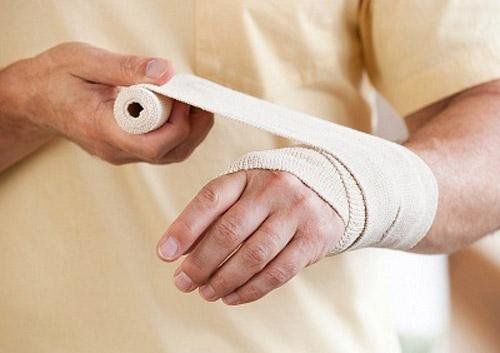
Due to the injury is not handled properly: when there is a wound, you need to quickly clean it, avoid infection and completely remove the foreign body on the wound surface. When dressing the wound, it should not be too tight or too tight. In addition, keloid scars can also form due to stretching of the wound area, uneven wound skin, incorrect stitching of the anatomical layer. Due to the improper process of prying and squeezing acne: for those with keloid scars, improperly squeezing acne is also very easy to cause keloid scars on the face. Squeezing acne with improper hygiene allows bacteria to penetrate into the skin, causing damage and scarring to the skin. Due to the diet after the scar: during the time of the wound and the wound is healing, you should limit or not use foods that increase the likelihood of developing keloids such as water spinach, chicken, eggs, sticky rice.... Besides, should add special vegetables such as turmeric and lettuce to help the wound on young skin faster, anti-inflammatory and good antibacterial.
With keloid scars, surgical removal of the scar or scar repair alone is not effective and can make the stye worse. Currently, keloid scar treatment can only help scars become flat, wrinkle free, smooth, brighter, but not completely erased. Therefore, the prevention of keloid formation is still more important.
Please dial HOTLINE for more information or register for an appointment HERE. Download MyVinmec app to make appointments faster and to manage your bookings easily.





